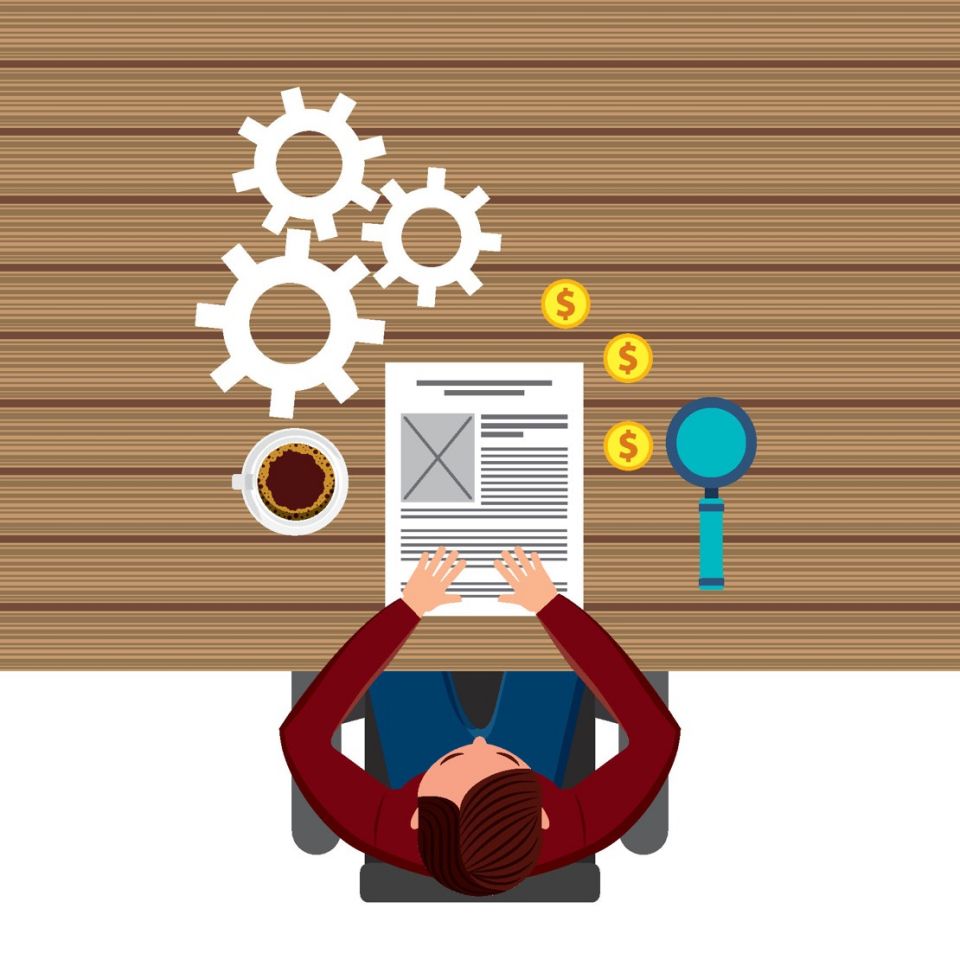What is bond yield?

Bond yield is a measure of how much return a bond could bring you. It's the annual amount you could receive in interest from a bond, as a percentage of the bond's initial cost. Bond yield is used to compare the potential returns of all kinds of bonds.
Key takeaways
Bond yield measures the annual return from a bond as a percentage of its cost and serves as a comparison tool for evaluating potential returns across all bond types.
While the coupon (interest rate) is fixed, yield varies with market price—a bond with 5% interest yields 5% at £100 but approximately 5.7% when purchased at £88.
Current yield, calculated using market price, is the most commonly used metric by investors to compare bonds, though other measures include nominal yield and yield to maturity.
Bond yield curves are closely monitored in financial news as they indicate both general market strength and the performance of specific bond issuers.
Where have you heard about bond yields?
Bond yield curves are closely followed in the financial news. This is because they are seen as an indicator of both the general strength of the market and of particular issuers.
What you need to know about bond yields.
The interest rate the bond issuer will pay is called the coupon and it is fixed, but the yield varies because the formula depends on the price of the bond in the market. So, for example, if you pay £100 for a bond with an interest rate of 5%, the yield you receive will be 5%. But if you bought that same bond for £88, the yield would be about 5.7%. This figure is known as current yield, it's based on market price and is the one most commonly used by investors to compare bonds. There are other types of bond yield to look at. These include nominal yield, which is the interest paid out divided by the bond's face (original) value. And yield to maturity, which shows the average yield you can expect bond if you hold it until it reaches the end of its term.